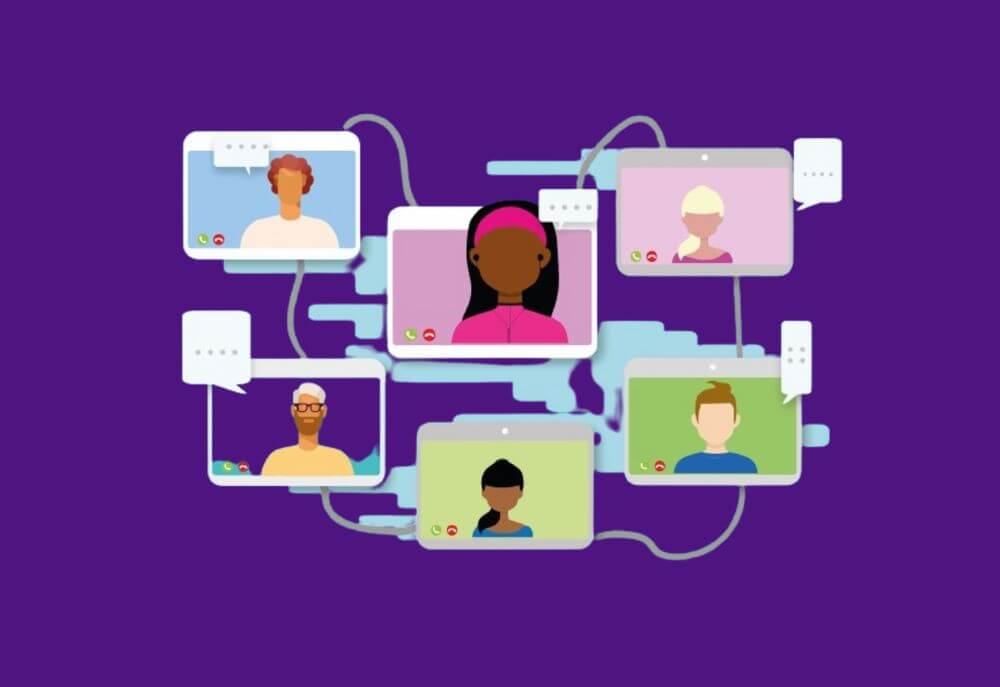Have you ever sat in a meeting and felt like you were missing a piece of the puzzle? Perhaps you had a brilliant idea, but you weren’t sure how it would impact other departments. This is where cross-functional meetings come into play. They are the secret sauce that blends different perspectives to create innovative solutions. Let’s dive into how these meetings can transform the way we work and lead us to better outcomes with less time wasted.
The Power of Bringing Different Departments Together
In today’s fast-paced business environment, silos are the enemy of progress. When various departments operate in isolation, communication gaps widen, and opportunities for collaboration are lost. Cross-functional meetings break down these barriers by bringing together team members from different departments. This creates a place where open communication thrives, and diverse perspectives are valued.
For instance, imagine a project manager working on developing better software for customer engagement. While the technical team focuses on the coding aspects, the marketing department might provide insights into customer preferences, and the sales team could highlight market trends. By having everyone in the same room, the project manager can gather valuable input that leads to a more robust and user-friendly product.
Stronger Communication Leads to Better Results
One of the most significant benefits of cross-functional meetings is the enhancement of communication across the organization. When team members from various departments come together, they learn to speak a common language. This stronger communication fosters a collaborative environment where ideas can flow freely.
Active participation is key in these meetings. Encouraging everyone to share their thoughts ensures that no valuable insight is left unheard. This not only leads to more meaningful discussions but also builds trust among team members. When people feel heard and respected, they are more likely to contribute actively and bring their best ideas forward.
Diverse Perspectives Fuel Innovative Solutions
Diversity isn’t just about demographics; it’s also about diverse perspectives and expertise. When people with different backgrounds and skill sets collaborate, they can approach problems from angles others might not have considered. This diversity is a catalyst for innovative solutions.
Consider a specific project aimed at reducing production costs. While the finance department might focus on budget cuts, the operations team could suggest process improvements, and the human resources department might offer training programs to increase efficiency. Together, they can find a better way to achieve the goal than any department could alone.
Best Practices for Effective Cross-Functional Meetings
To harness the full potential of cross-functional meetings, it’s essential to follow some best practices:
- Set Clear Objectives: Before the meeting, define what you aim to achieve. Clear objectives keep the discussion focused and ensure that the meeting is productive.
- Invite the Right People: Include representatives from all relevant departments. This ensures that all perspectives are considered, and no critical information is missed.
- Encourage Open Communication: Create a safe space where team members feel comfortable sharing their ideas and concerns. This openness leads to more meaningful discussions and better solutions.
- Foster Active Participation: Engage all attendees by asking questions and encouraging dialogue. This keeps everyone involved and invested in the outcome.
- Manage Time Effectively: Respect everyone’s time by keeping the meeting on schedule. This can lead to less time wasted and more efficient use of resources.
- Document Decisions and Actions: Keep a record of what was discussed and agreed upon. This ensures accountability and provides a reference for future meetings.
The Role of the Project Manager
Project managers play a crucial role in facilitating cross-functional meetings. They act as the glue that holds everything together, ensuring that all departments are aligned towards the common goal. A good project manager understands the importance of diverse perspectives and leverages them to drive the project forward.
They also help steady cuts meetings by keeping discussions on track and preventing them from veering off-topic. By managing the dynamics of the meeting effectively, the project manager can help the team reach consensus more quickly and efficiently.
Technology as an Enabler
In our increasingly digital world, technology can enhance cross-functional meetings. Utilizing better software for collaboration can make meetings more interactive and engaging. Tools that allow for real-time collaboration, such as shared documents and virtual whiteboards, can facilitate more dynamic discussions.
Moreover, in organizations where teams are spread across different locations, video conferencing tools bring everyone together in one virtual place. This ensures that even remote team members can participate fully and contribute their valuable insights.
Overcoming Challenges
While cross-functional meetings offer many benefits, they are not without challenges. Differences in departmental priorities and language can lead to misunderstandings. To overcome these hurdles:
- Promote Empathy: Encourage team members to understand and appreciate the perspectives of others. This can reduce friction and foster a more collaborative environment.
- Clarify Terminology: Different departments may use jargon that others are not familiar with. Taking the time to explain terms can prevent confusion.
- Align Goals: Ensure that everyone understands how their work contributes to the organization’s overall objectives. This alignment helps keep the team focused and motivated.
Creating a Culture of Collaboration
For cross-functional meetings to be truly effective, they need to be part of a broader culture of collaboration within the organization. This means breaking down silos not just in meetings but in everyday operations. Leadership plays a vital role in modeling collaborative behavior and setting expectations.
When collaboration becomes second nature, cross-functional meetings become more productive. Team members come prepared to engage actively, share openly, and work together towards common goals.
Case Study: Innovative Solutions Through Collaboration
Let’s look at a hypothetical example of a company that successfully implemented cross-functional meetings. XYZ Corp was facing declining sales and needed to revamp its product line. Instead of tasking the marketing department alone with finding a solution, they organized cross-functional meetings involving marketing, sales, product development, and customer service.
Through open communication and active participation, the team realized that customer feedback collected by the customer service department contained valuable insights. Product development used this information to design features that customers wanted, while marketing crafted a campaign highlighting these new features. Sales provided input on pricing strategies based on market trends.
The result was a successful product launch that reversed the declining sales trend. By leveraging the diverse perspectives of various departments, XYZ Corp found an innovative solution that might not have emerged in a siloed environment.
Conclusion: A Better Way Forward
Cross-functional meetings are more than just a gathering of people from different departments; they are a strategic tool for driving innovation and efficiency. By embracing best practices and fostering a culture of open communication and collaboration, organizations can unlock the full potential of their teams.
In a world where time is of the essence, and resources are limited, cross-functional meetings offer a way to achieve more with less time. They bring together the collective wisdom of the organization, leading to stronger communication, meaningful discussions, and ultimately, better outcomes.
So, the next time you’re looking for a solution to a complex problem, consider organizing a cross-functional meeting. You might just find that the diverse perspectives and collaborative spirit lead you to innovative solutions you hadn’t imagined before.
Take the First Step
Are you ready to harness the power of cross-functional meetings in your organization? Start by identifying a specific project that could benefit from diverse input. Invite team members from various departments, set clear objectives, and create a place where everyone feels comfortable sharing their ideas.
Remember, the key to success lies in active participation and open communication. With the right approach, cross-functional meetings can become a cornerstone of your organization’s strategy, leading you to new heights of innovation and efficiency.



